In the far north east of Kyrgyzstan lies an enormous lake. It’s called Issyk-Kul, which means “hot lake” because it never freezes, owing to geothermal currents and endorheic salinity. Issyk-Kul is both the second largest salt lake in the world and the second largest alpine lake. It is fed by countless valleys, carved into the Tian Shan (‘Heavenly Mountains’) range, which hugs the lake (geographical, that is) surrounding it from the north, east, and south. The wind blocked by this cuddling mountain range, combined with the moderating lake effect of Issyk-Kul, creates a unique micro-climate here amidst a country famous for its harsh landscapes.
One of the dozens of valleys which lead up from Issyk-Kul to these dizzying Heavenly Mountain peaks is called Jeti Oguz (‘Seven Bulls’). It’s named for tremendous red limestone cliffs that guard over the only village. Locals tell tall tales that these cliffs were once wild bulls, immobilised by the gods to stop them terrorising local yurt dwellers.
Following this narrow valley up past the village reveals unexpected geological delights, and small camps of alpine shepherds, grazing their flocks on idyllic summer pastures called jailoos.
Despite the 1930s Soviet campaign to de-nomadize the Kyrgyz (by making them into good proletarians, working in rural collectives or urban factories) many Kyrgyz families still spend summers in the jailoos, living much as their nomadic ancestors did (at least, if they’d had Ladas).
These juxtapositions – of ‘part-time’ nomads, lush valleys amidst harsh peaks, horses vs cars, and red rocks jutting from green grass – act as a microcosm of today’s Kyrgyzstan. Welcome to Jeti Oguz.
[Click photos to view full-screen with captions. For some historical context from this amazing region, read “Where the Heck is Kyrjikistan? (A Fingerful of Central Asian History)” ]
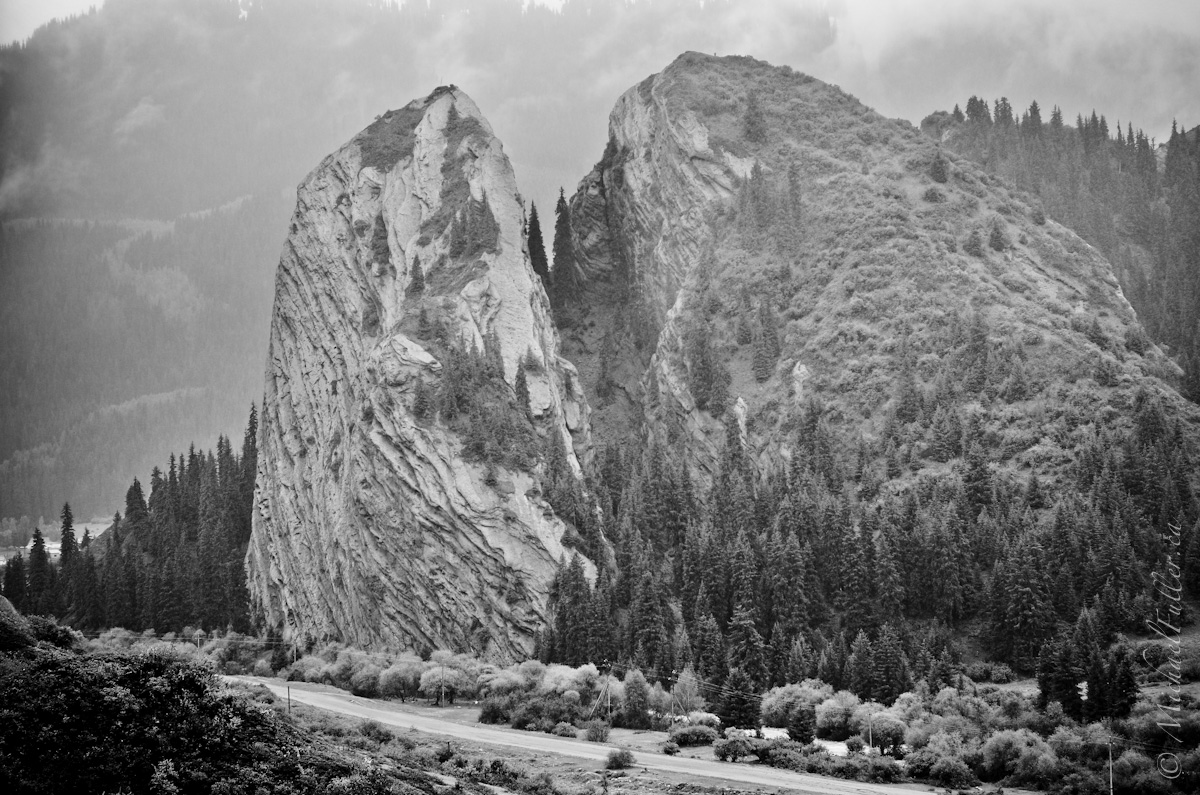
The Broken Heart: One of the mythical rock formations of Jeti Oguz. All the legends about this rock involve a love triangle that didn't end well.
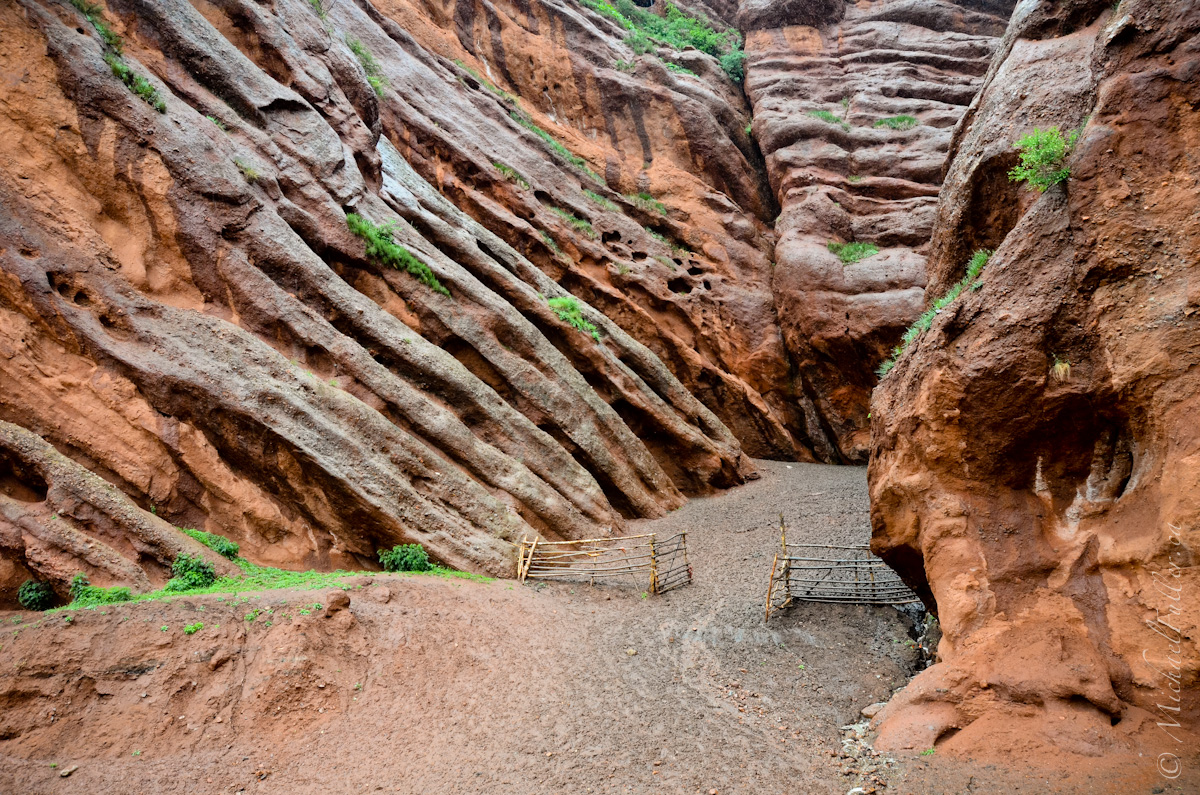
Locals utilise the strange natural geology to create a sheep pen, where animals are corralled each night to keep them safe from predators.

The striking red conglomerate sandstone poking out between alpine meadows and sinuous river valleys, where wild horses graze.
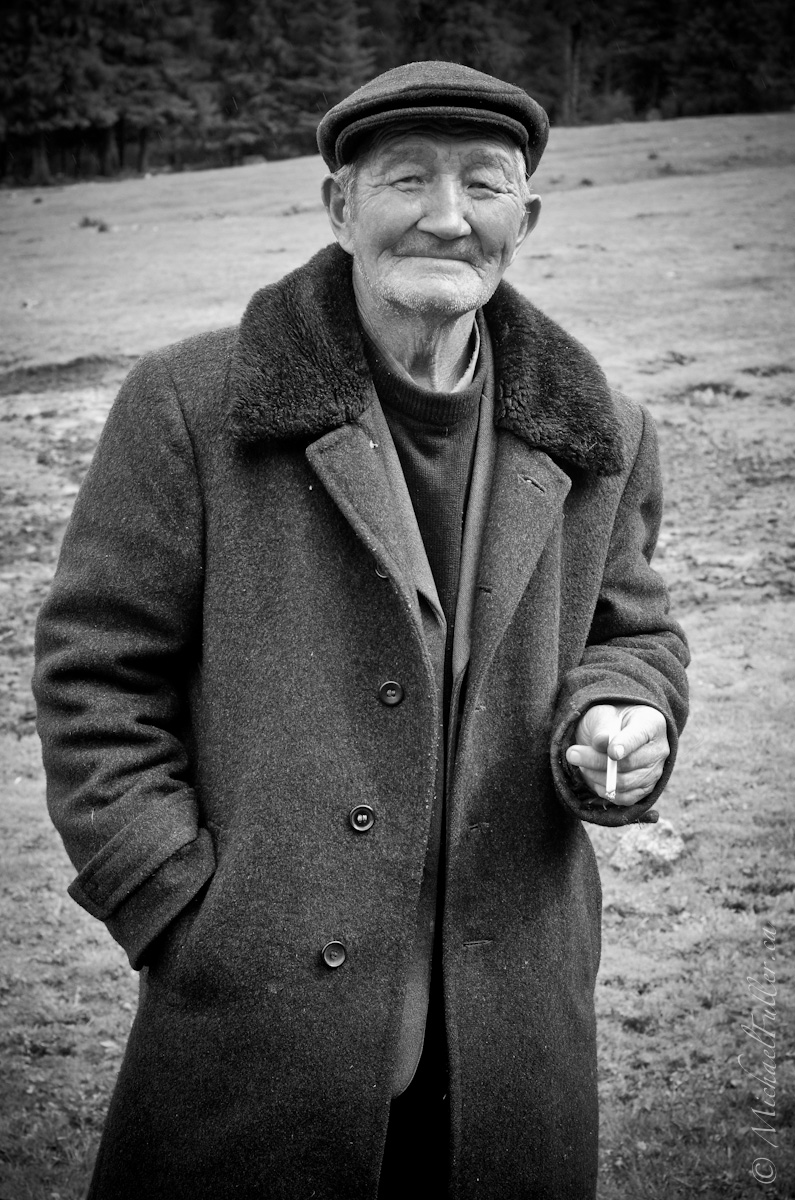
In the rainy alpine pastures we came upon a camp. This patriarch had a damn fine Soviet-style going on, and I stopped to say hello and try out my Russian.
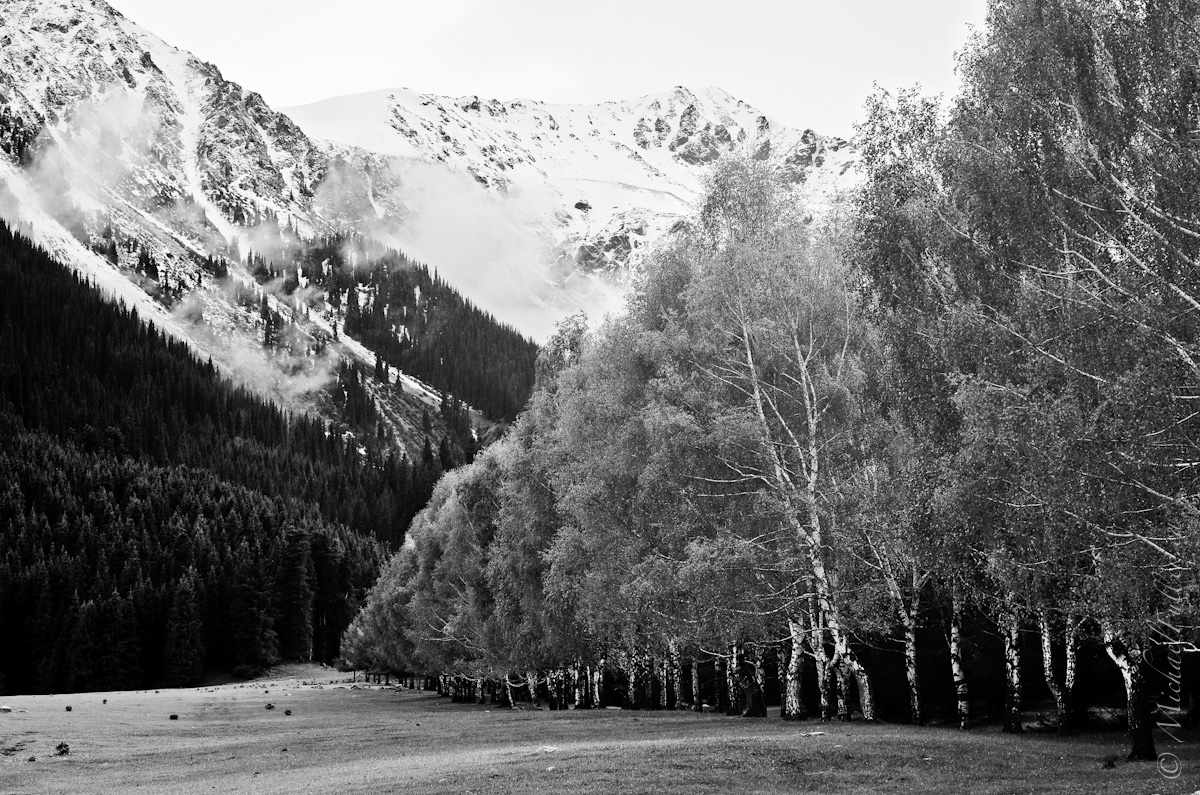
Rows and rows of birch trees, planted in 1961 to honour Yuri Gagarin's arrival in Jeti Oguz for re-acclimatisation (after becoming the first man in space). The locals call these unnatural rows of trees "Manhattan".
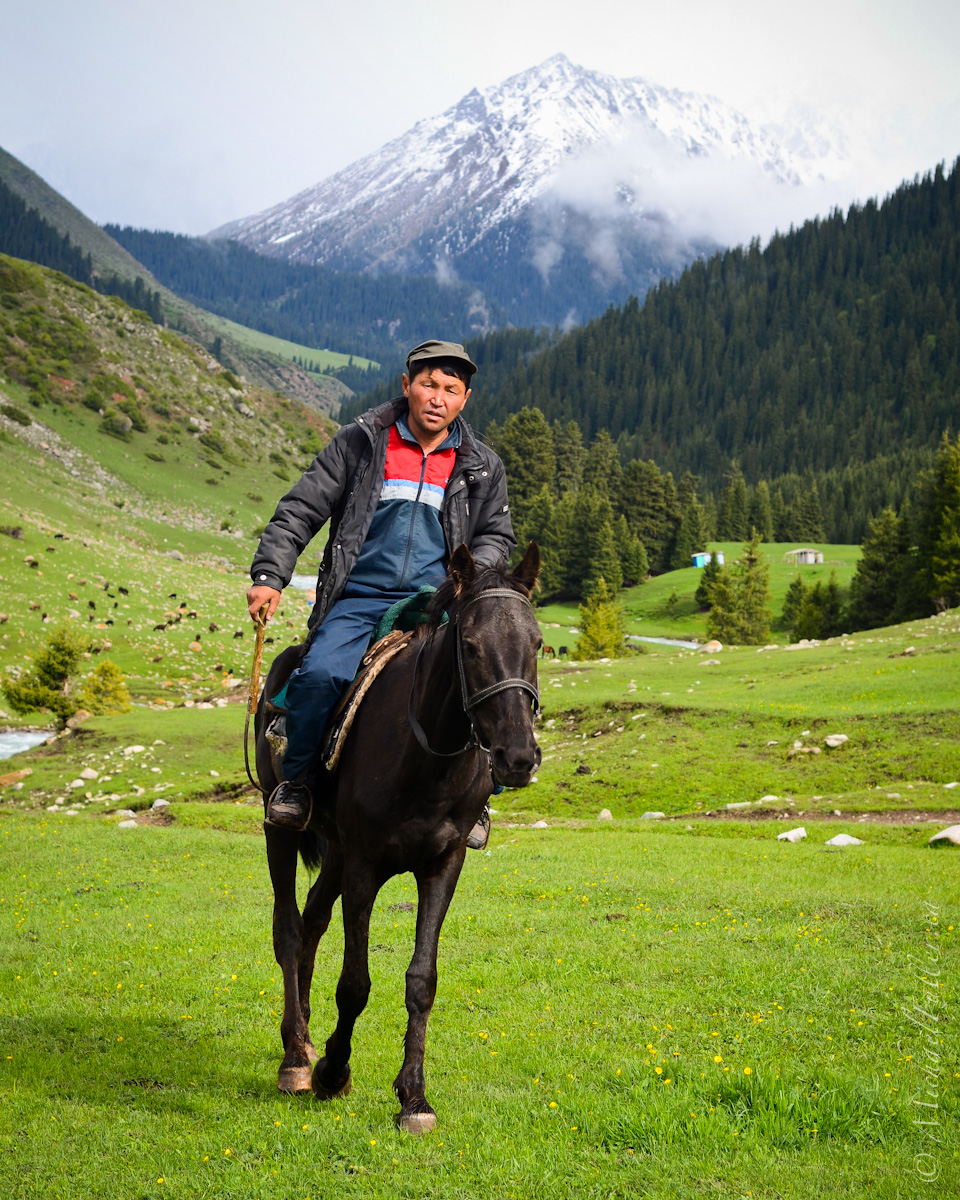
I had been in Kyrgyzstan nearly a week and hadn't see an alpine shepherd on horseback. While buried in another photo composition, my guide yelled out to me, and I whirled around to find this guy trotting towards me. Perfect.

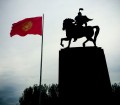

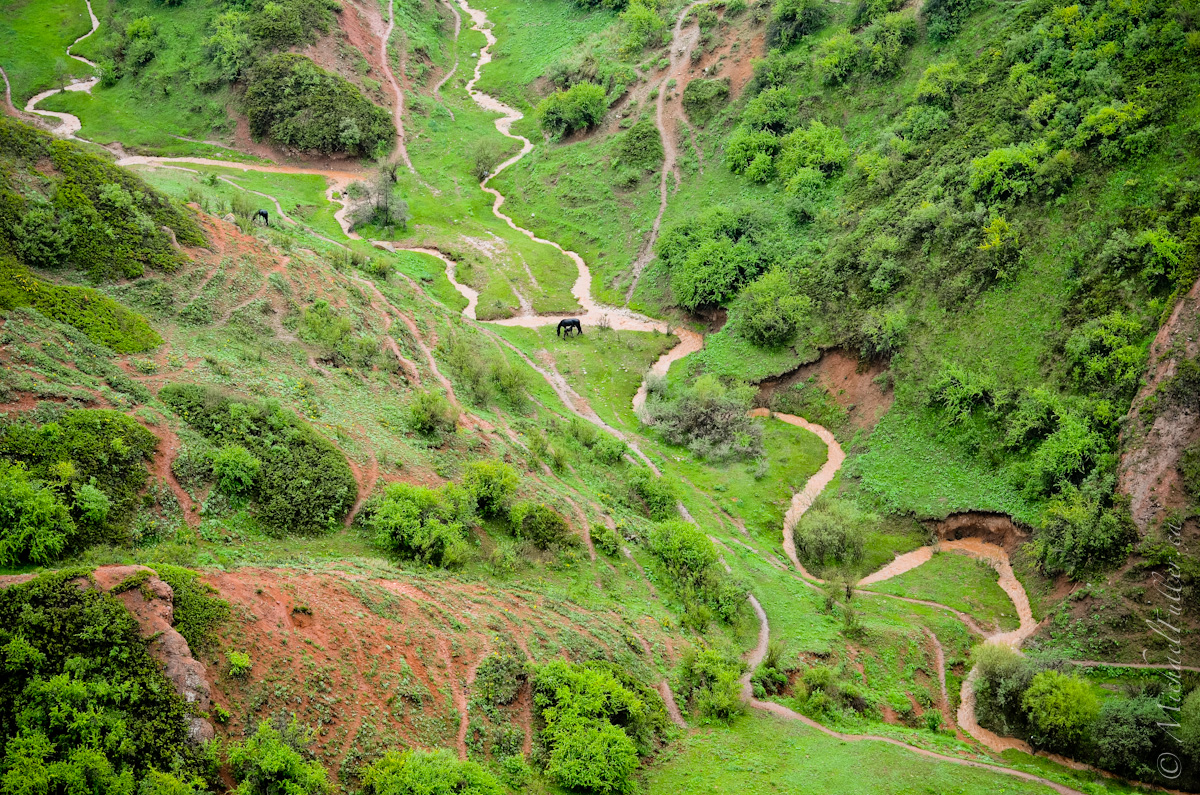
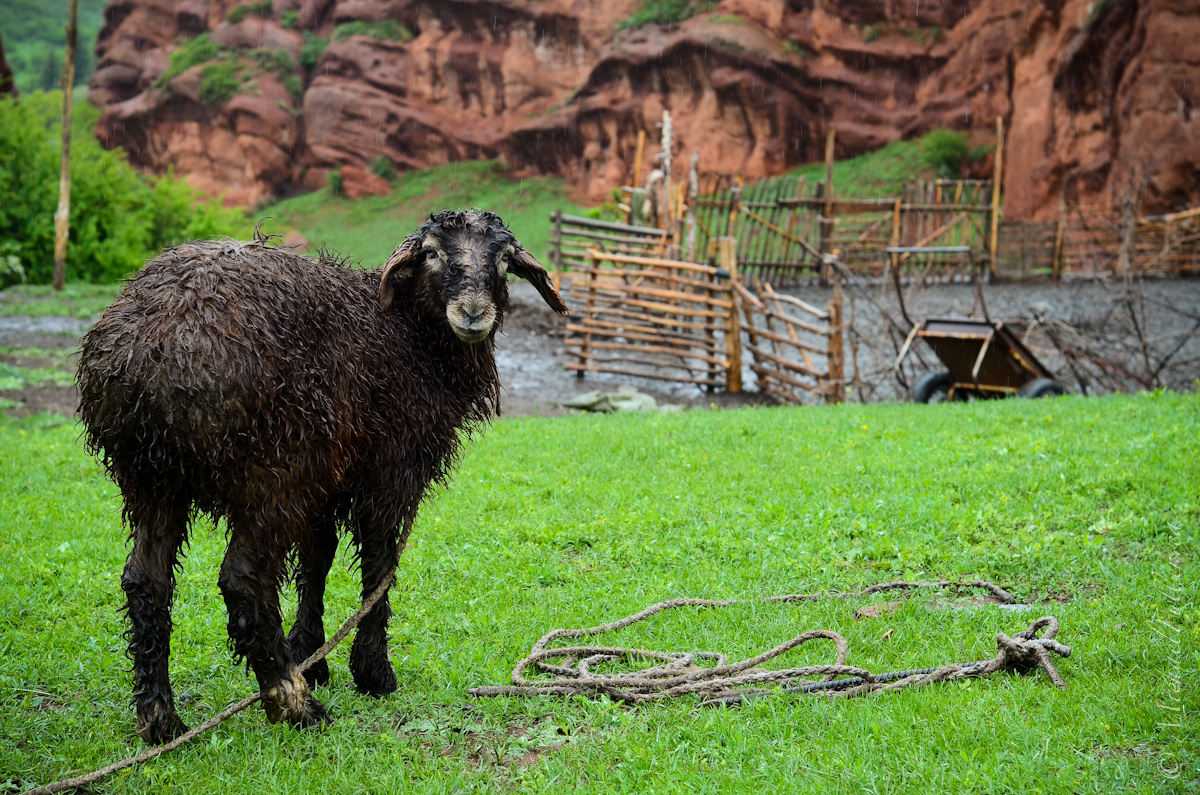

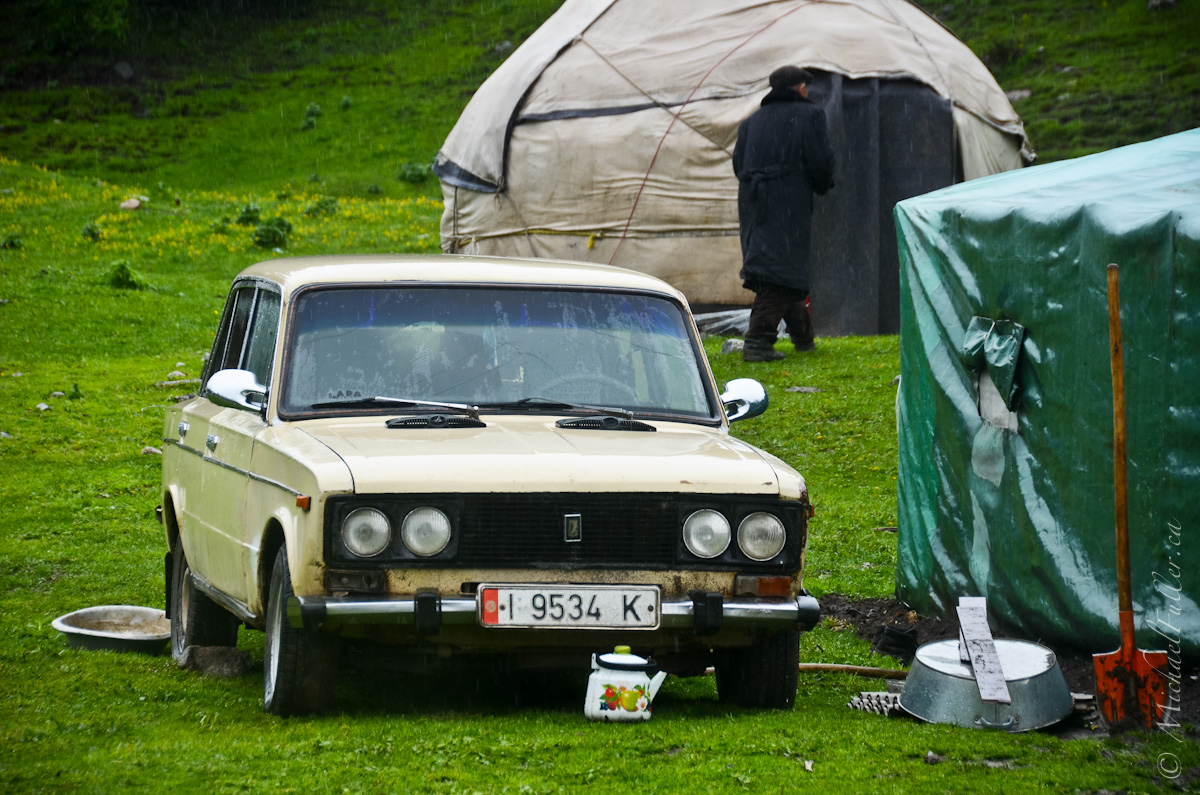

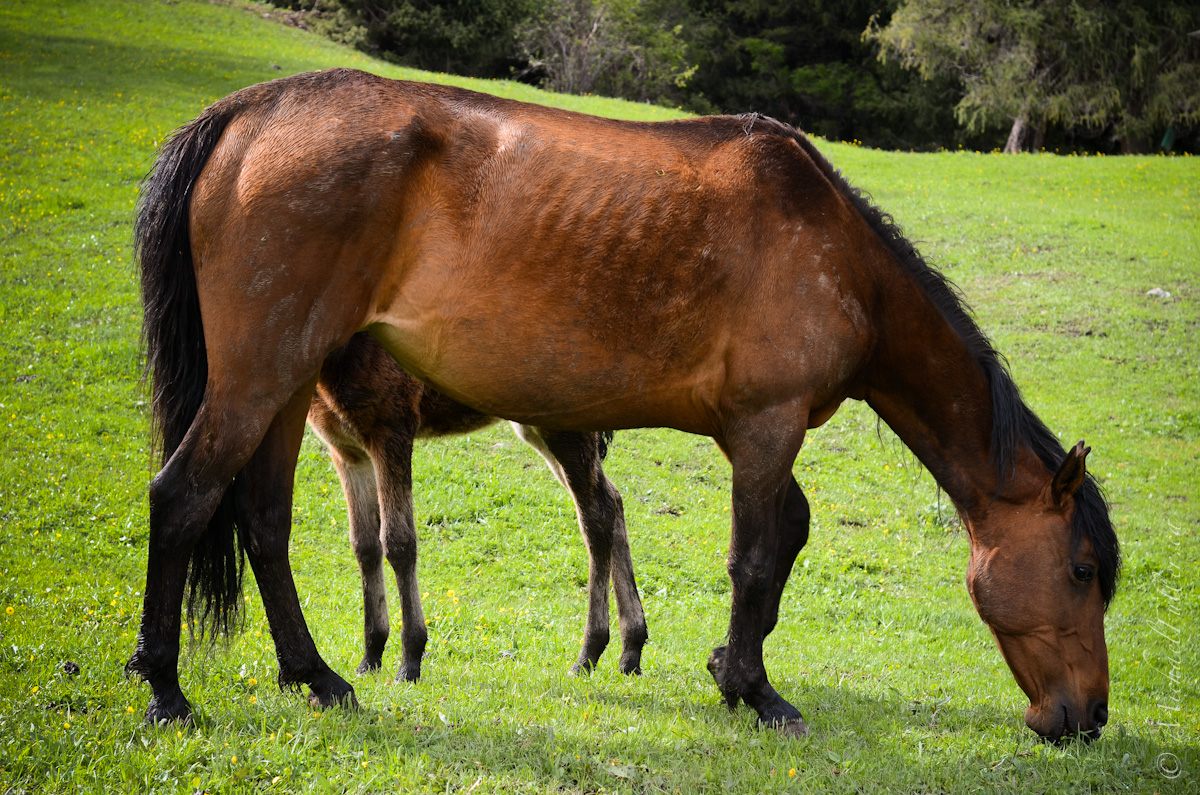

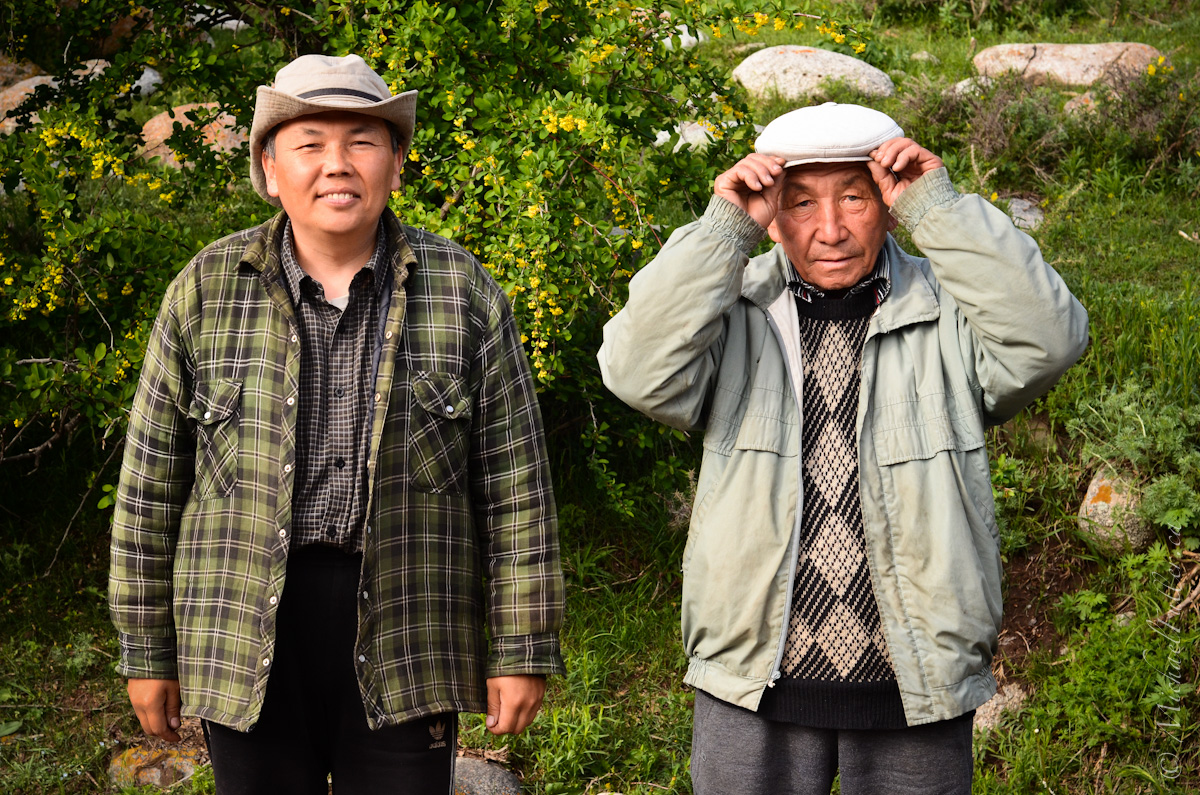

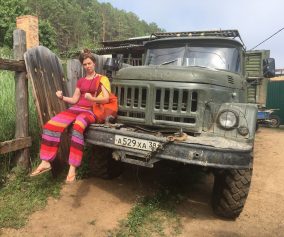
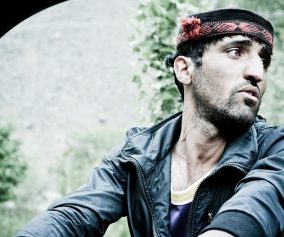
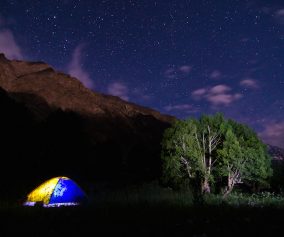
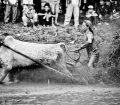
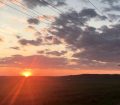
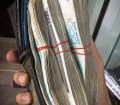
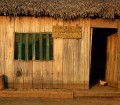



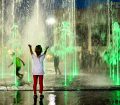

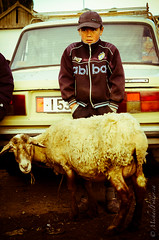



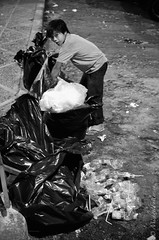
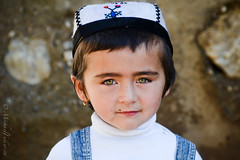
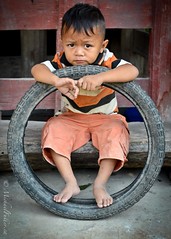
Love this post, Mike. I really, really want to go there!
Aww thanks Kate! It’s just a quick (few) flights from London, plus a five hour drive and a day of touring up the valley ;)